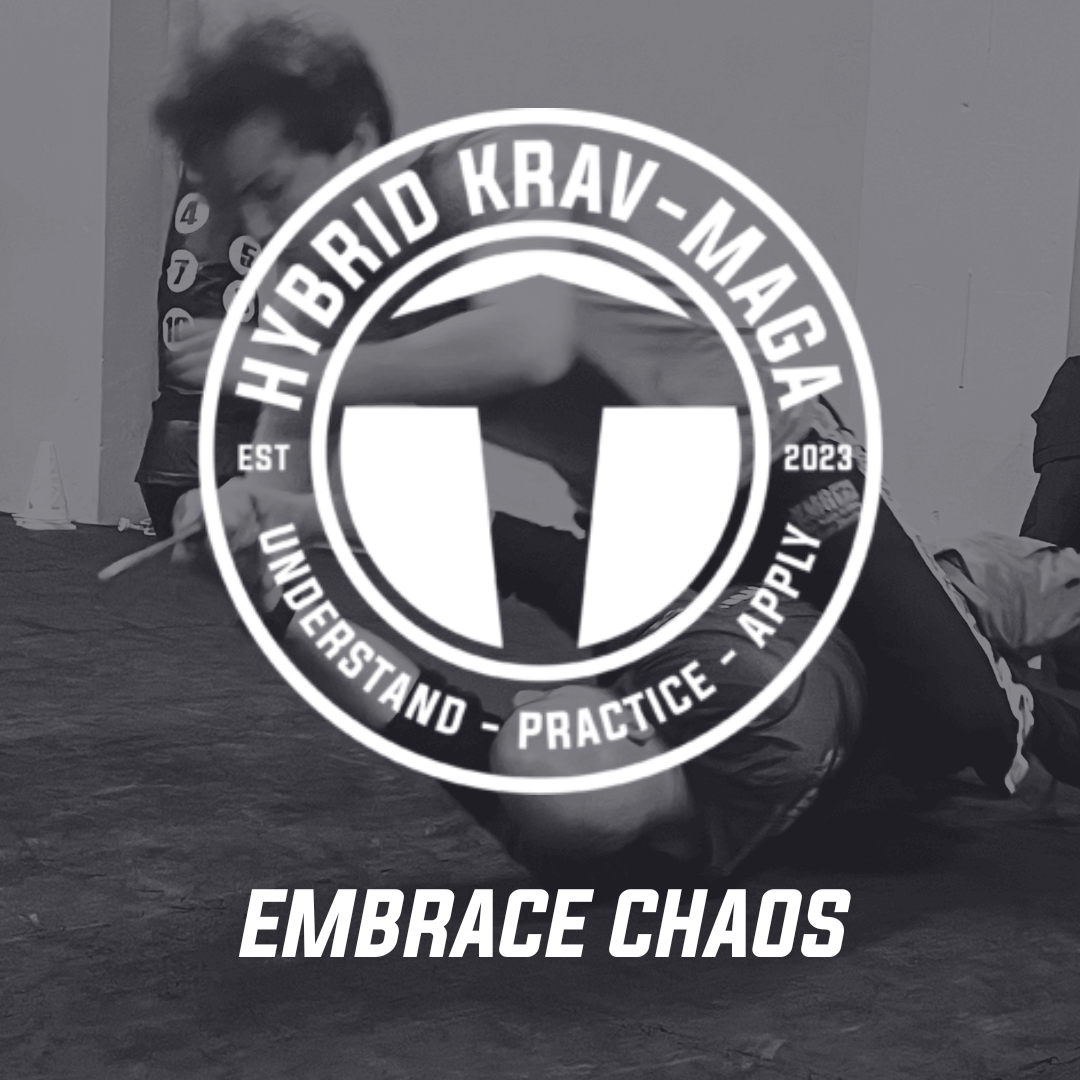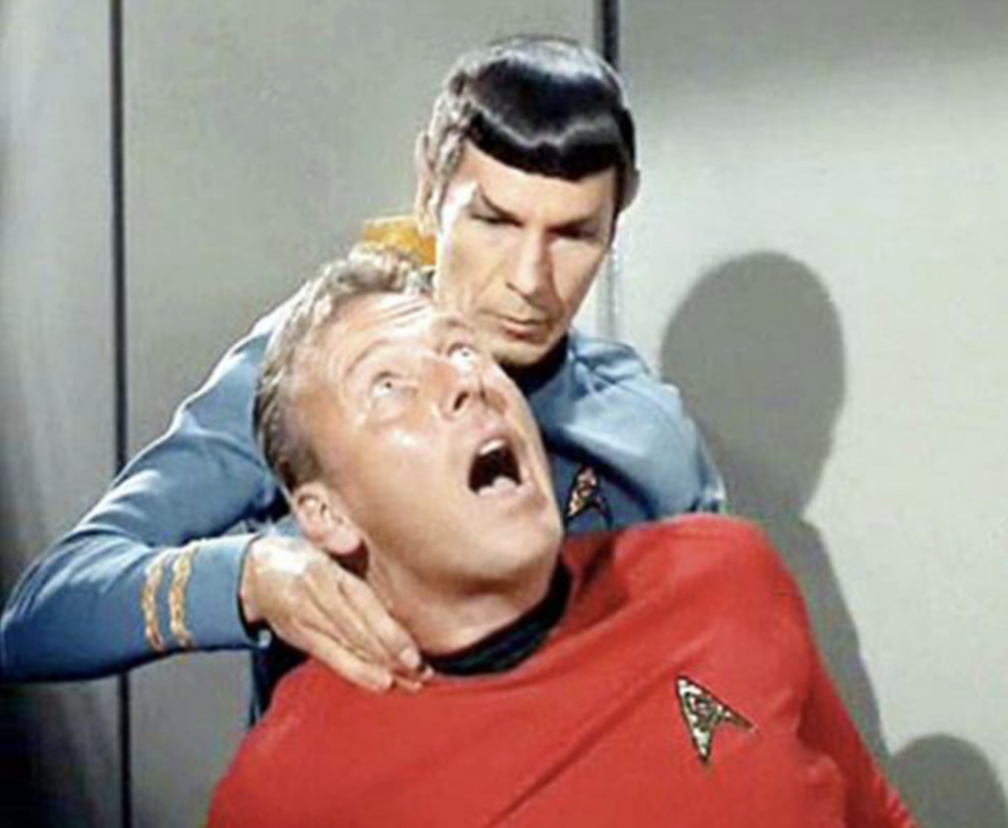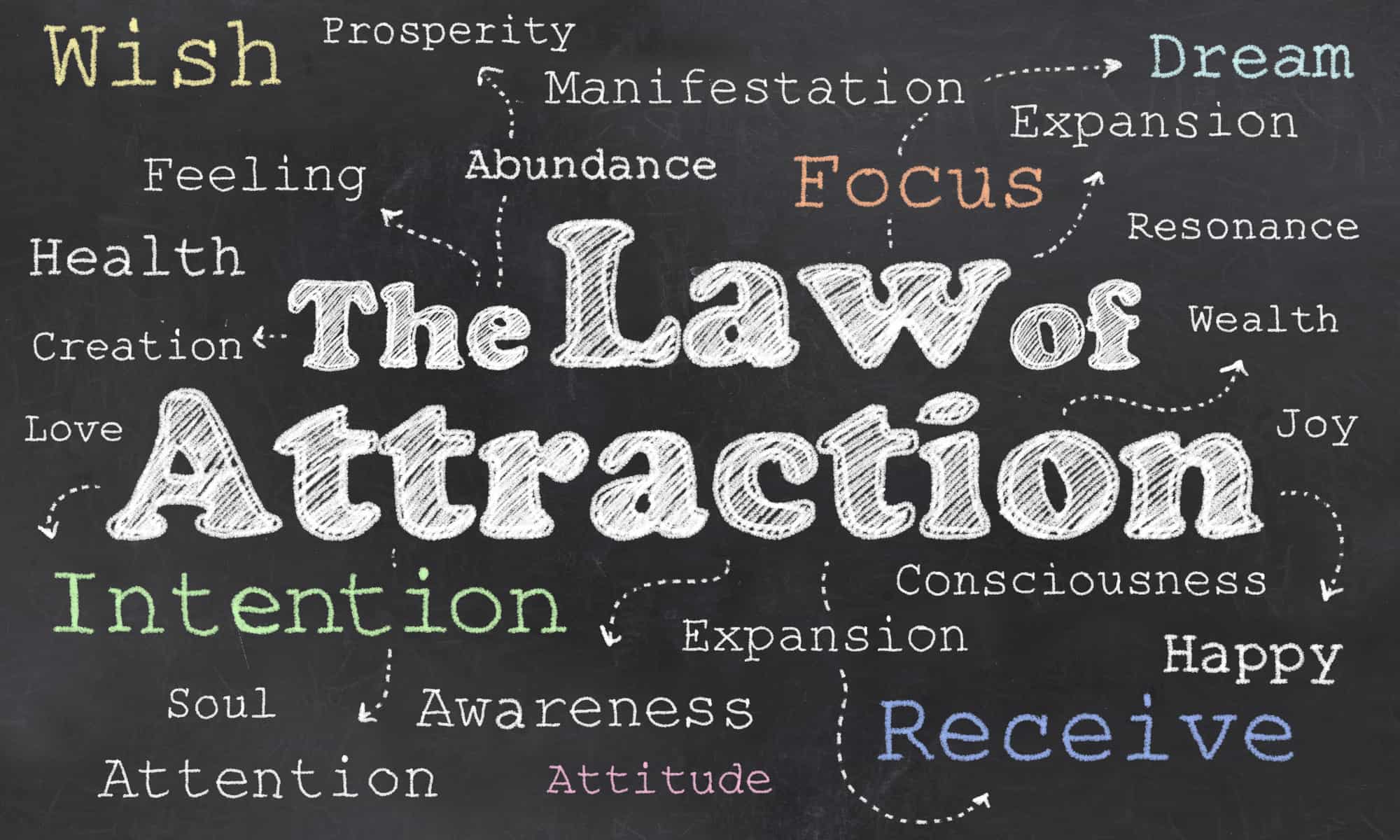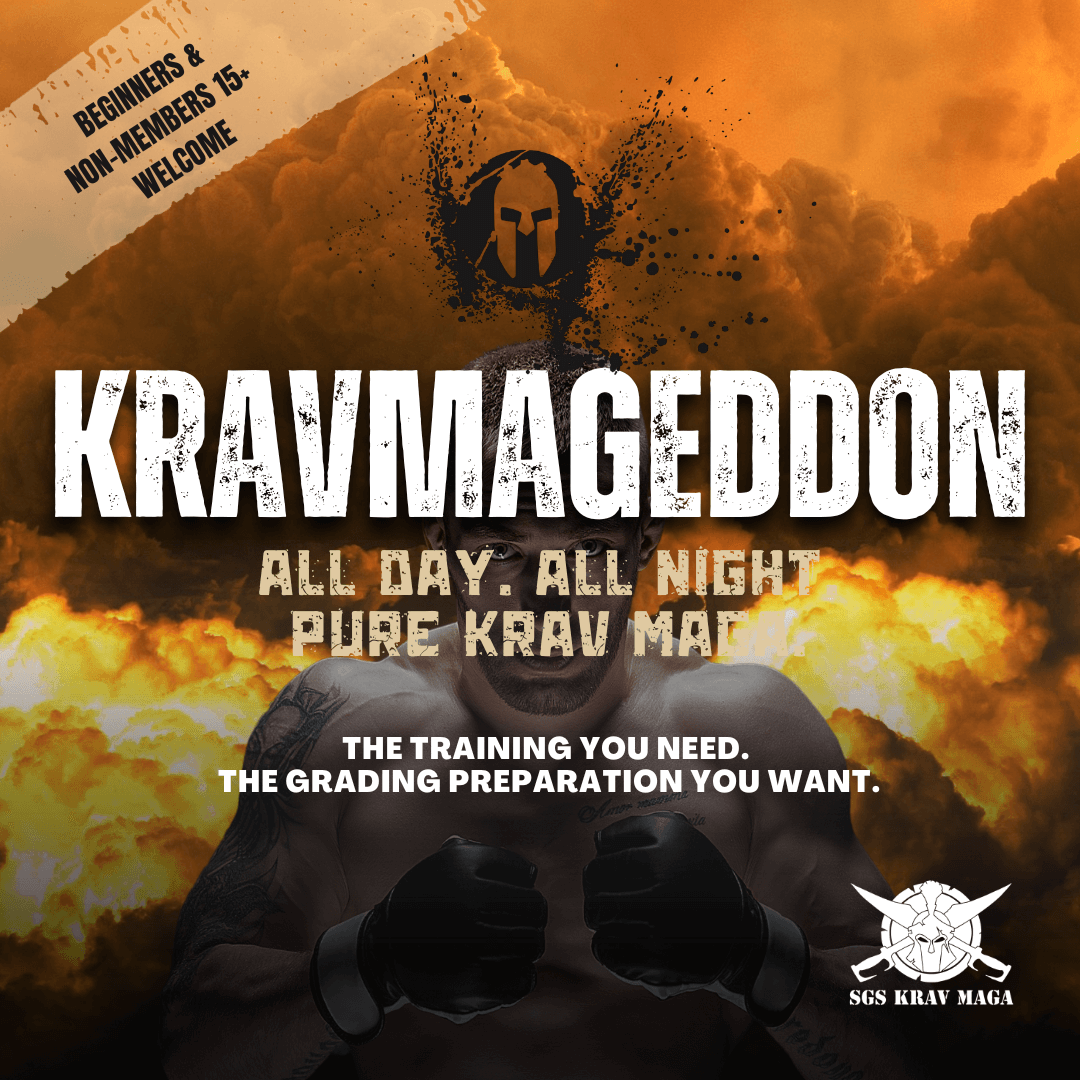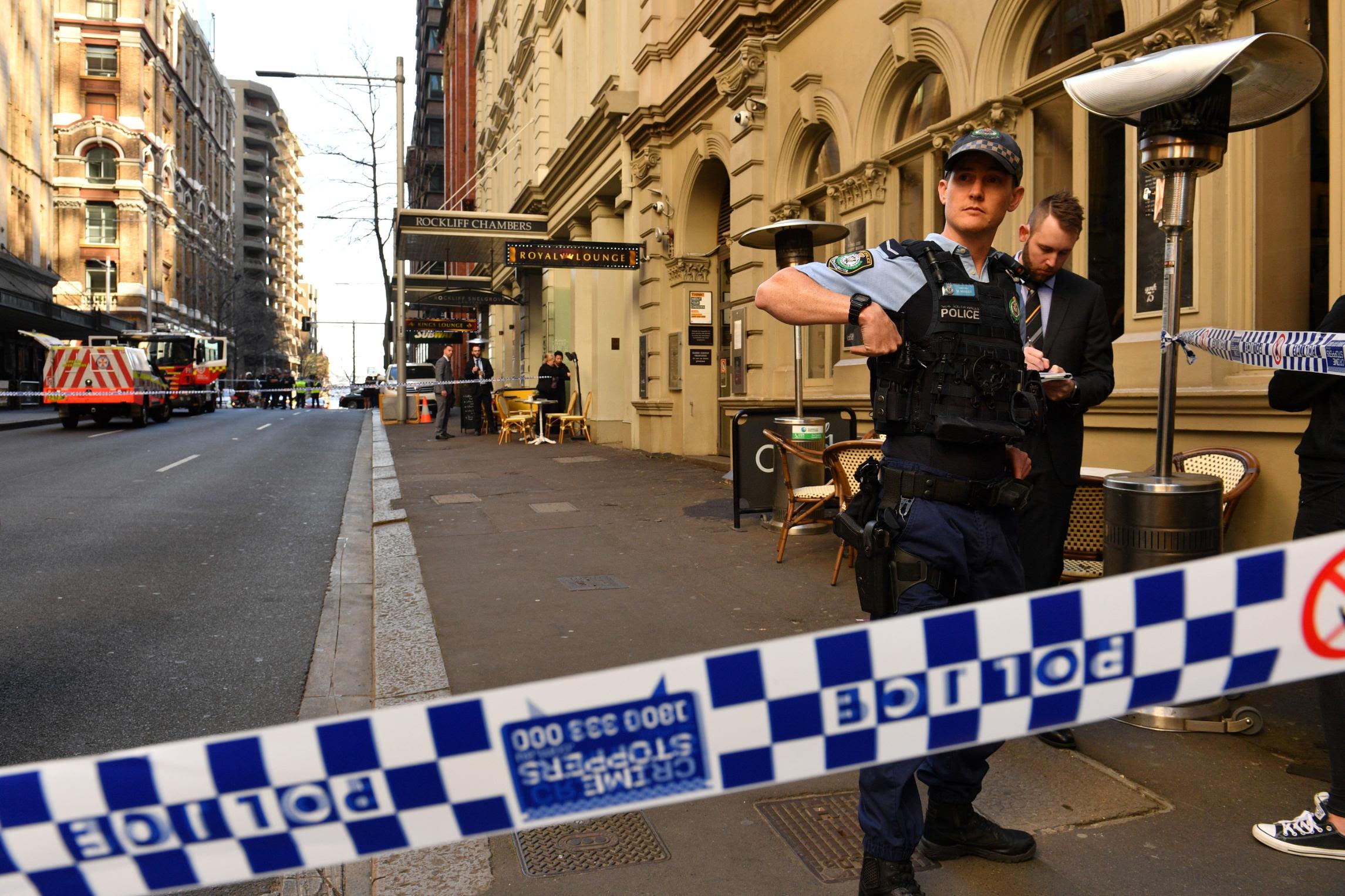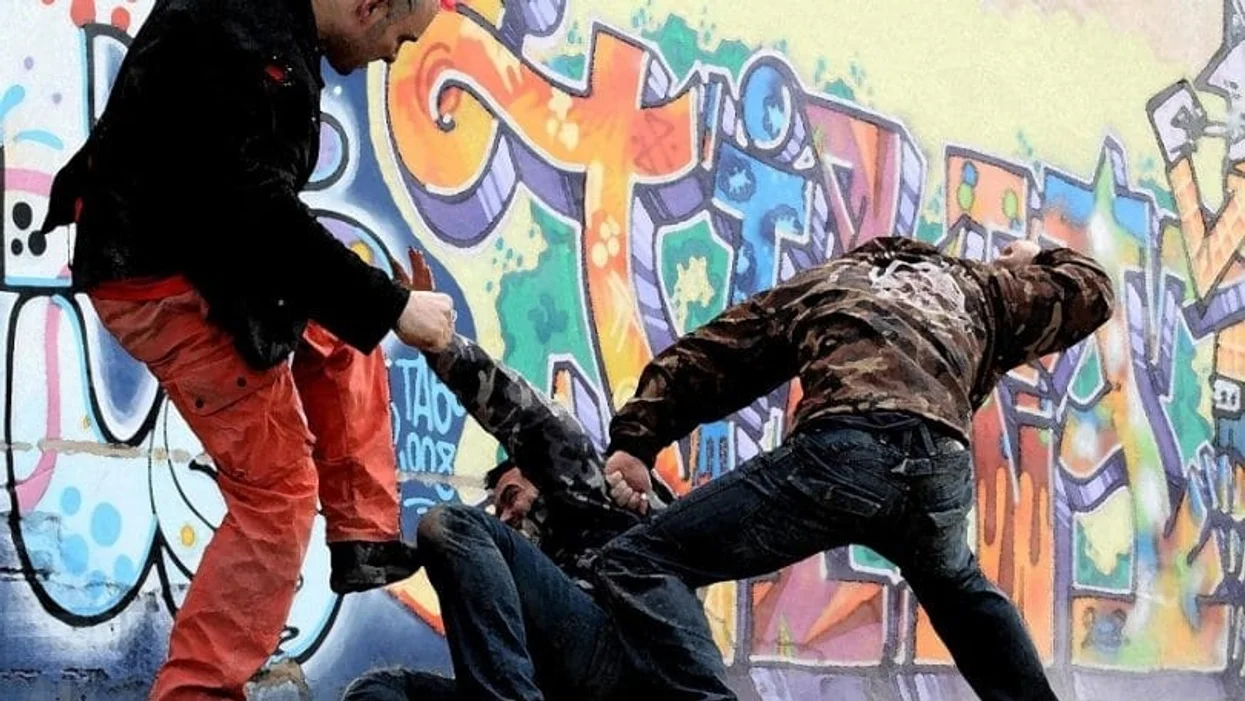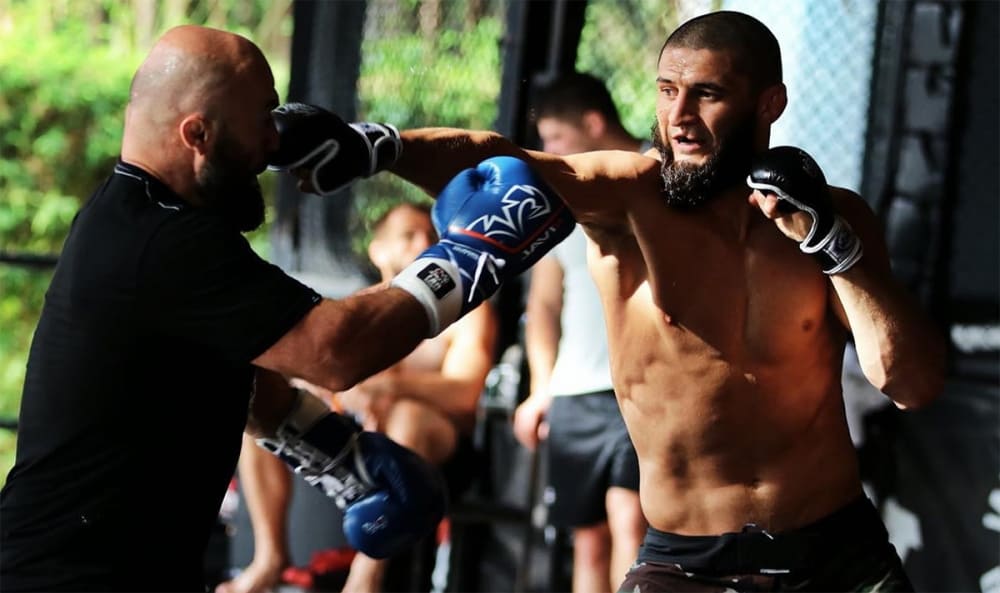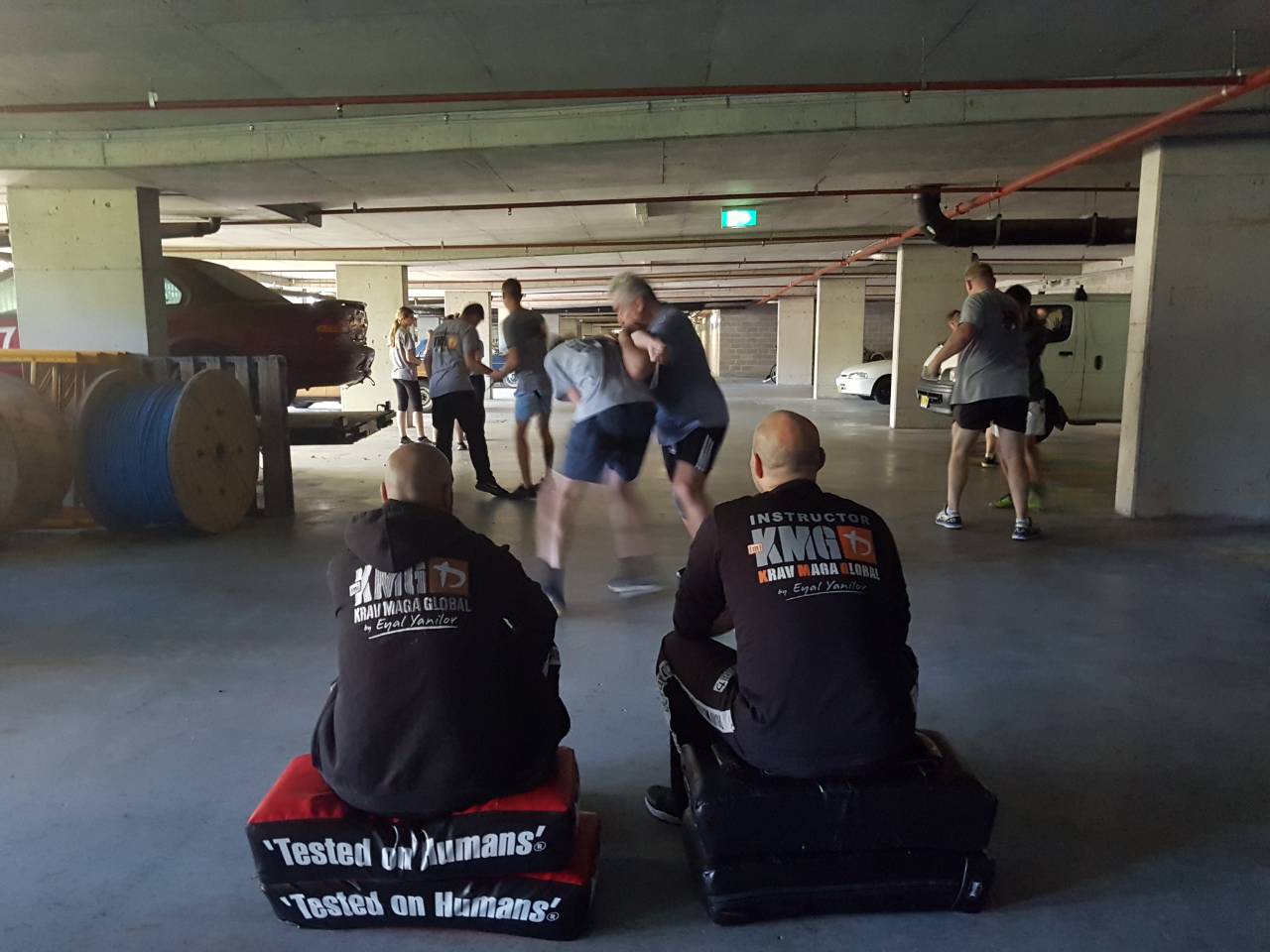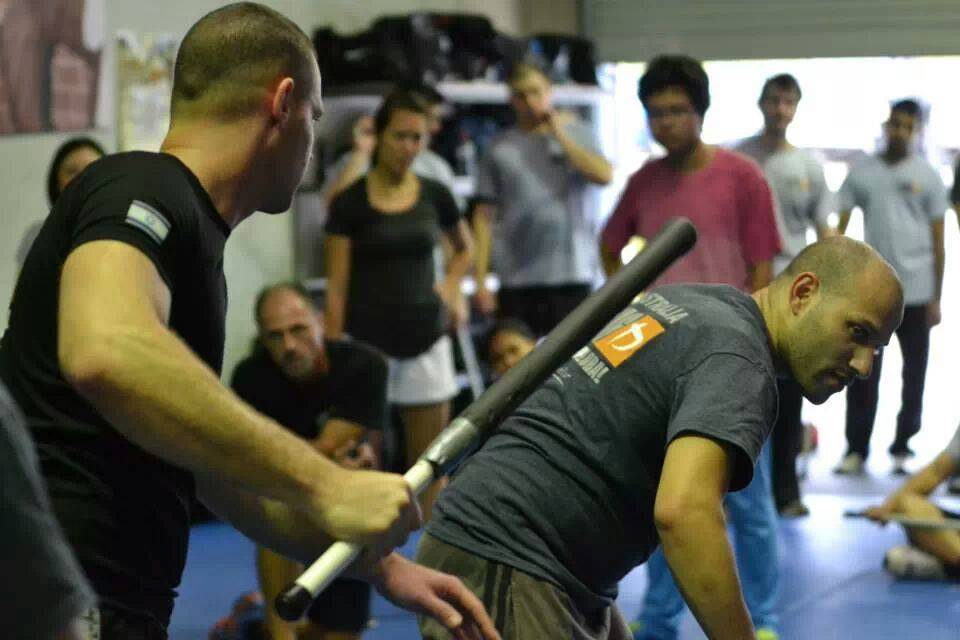So you pair up with this guy, and you know it is going to hurt.
The subject is pistol threat from the front, and every single time he takes your gun you feel like you are losing a finger, and your wrist is starting to hurt. You ask him, what is his profession, and turns out he is a plumber, a carpenter, a car mechanic. No, it is never the office guy. Yep, I know the feeling.
Today our life became very sedentary, we hardly ever need a strong grip, and shaking hands with man today is rather embarrassing feeling, my grandpa would not trust them with such soft holds. I would like to shortly discuss this issue in 5 topics:
Terminology
Safety
Performance
Health
Solutions
Open grip – you can grip on your thumb, example is rolling thunder / fat grip barbell, or in no gi holding the opponents wrist, or elbow area for cross-pull.
Closed grip – this is the grip you use for closing a gripper, meaning it is a thumb supported grip. Very rarely you can use in grappling the closest grip type is pistol grip on the sleeve.
Pinch grip – open grip type, example is when you pinching a block kind of object.
Lapel grip – anything from close / open grip, depending on the palm position, from prone, neutral, supine position. Example is cross choke in Judo, or BJJ.
Sleeve grip – the pistol type is mainly a closed grip, a the rest is mainly working on the fingers, let is be spider of grabbing the side of the sleeve.
Kimura grip – it is an open grip type, except without the thumb.
S grip and Gable grip – mainly used by wrestlers, grapplers.
Two areas we hardly ever mention:
Wrist strength – almost more important, than the grip alone, and still, nobody really trains it.
Finger strength for the extensor muscles – If you create imbalance, you pay the price for it, just like in any other part of the body. A small rubber band makes miracles.
In Krav-Maga training you use your fingers, your wrist. Either you punch open hand or with closed first, you fall or deal with a weapon threat and disarm, your hand is working hard. In training we want to lower the risk of injury, and my goal is not only make your wrist/fingers stronger, I also need to give you mobility for your wrist and fingers. Again, modern lifestyle does not require much anything from you, unless the endurance for 10-12 hours per day. So for most of us, we need to put some extra work to get fit, strong. And mobility is part of the game, as Gray Cook, the founder of Functional Movement system says: mobility is proprioception. Better proprioception and basically creating better body image.” Now, if I need anything from an athlete, that is definitely good body image, before you punch somebody. And a strong wrist / hand can deal with various load, let it be a punch, a block, a disarm.
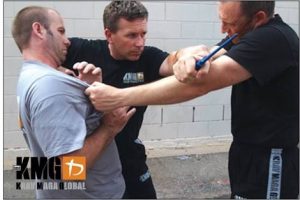
Has a lot to do with the what I wrote already in the safety part. Don’t get injured, that is the entry point. Get better is everything you practice is the where you should heading toward. In KM you don’t need the strength of the hand of professional strongman, or the endurance of the grip of a wrestler or BJJ athlete. But you need fairly strong grip to disarm the opponent or even do some dirty boxing on expert level.
“Grip strength could be an easy and inexpensive test to assess an individual’s risk of death and cardiovascular disease,” said Dr. Darryl Leong, principal investigator and an assistant professor of medicine of McMaster’s Michael G. DeGroote School of Medicine and cardiologist for the hospital, in the press release. “Doctors or other health care professionals can measure grip strength to identify patients with major illnesses such as heart failure or stoke who are at particularly high risk of dying from their illness.”
Grip strength was a strong predictor of cardiovascular mortality and a moderately strong predictor of incident cardiovascular disease for people of diverse economic and sociocultural backgrounds. These findings suggest muscle strength is a risk factor for incident cardiovascular disease and can even predict the risk of death in people who develop either cardiovascular or non-cardiovascular disease. These findings will help the researchers devise a way to improve low muscle strength in patients to increase their life expectancy.
Source:
http://www.medicaldaily.com/get-grip-handshakes-better-predict-life-expectancy-blood-pressure-muscular-strength-333202
Now, remember. You are a Krav Maga Athlete, basicall a Kravlete. You must focus on two things: Things that improve your KM skills, and other things that improve your overall health and fitness, since you are not living in a bubble. Unless you are the plumber guy I was talking about at the beginning, make sure you have strong enough grip. If you are doing BJJ, JUDO, Grappling besides KM, most likely you don’t need extra grip training, but you might benefit from wrist training.
Kettlebell one hand swing, with heavy weight
Find a professional, learn how to swing. Go heavy, but make sure you do perfect reps.
Clubbell or maceball training
Or buy a light hammer with long handle, and do some leverage training for your wrist.
Towel exercises
Get a towel a bit wet, and start twisting. Do until you can’t do it. One of the best builder of strength in integration.
Gripper
Buy a good set of grippers, and start working. Also one of my favorite, is when you close the gripper, start making wrist circles. Put a gripper into you car, and close a few times as you wait at the red lamp.
Practice 2-3 times a week. Wait 2-3 month, and you will be the guy/girl, who has legendary grip in the class.
STOP READING. START TRAINING.
BOOK YOUR FREE TRIAL SELF DEFENCE CLASS TODAY

